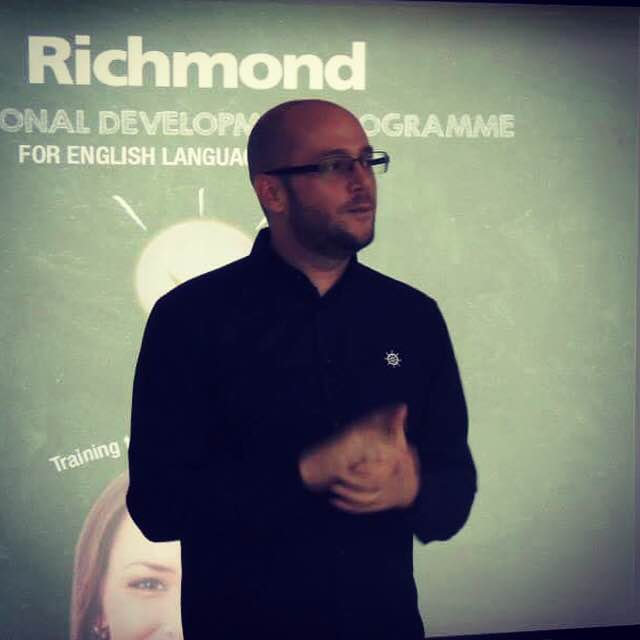Teens just want to have fun
“Do a loony-goony dance
‘Cross the kitchen floor,
Put something silly in the world
That ain’t been there before.”
― Shel Silverstein, A Light in the Attic
When I was 15 I was sleepy most of the time. I could barely stay awake during my first period classes and I remember tottering straight to my bed after school. In the afternoon, I couldn’t make up my mind whether to start doing my homework or watching the afternoon movie on TV. In short, I was a typical teenager; it was hard to focus on school when there was so much going on in my head. To my complete surprise, I’m a grown-up with a grown-up’s mind now.
Looking back, I wonder what kind of teenager I used to be and why is it that we expect kids and teenagers to have so much intrinsic motivation. I’ve been there, done that, and so have you. Sometimes we need to take things as they come and we have to accept the fact that what teens and pre-teens want is to have fun, whether they are hanging out with friends or having class, so it’s no use forcing them to behave as if they were experienced and mature.
That said, I try to give my students a break. Sometimes if feels nice to break the mould of the typical ESL class and make room for silly and funny things, in other words, sheer nonsense. These are precious moments because they’re all about connecting with each other and getting an almost tribal group sense. Learners that laugh together stick together.
No matter how silly these moments are, there’s always some room for learning, whether it be vocabulary or the kind of learning that takes place when we experience random things in life. We use all our five senses to take in information about things around us and a good laughter is surely a great motivating factor for those drowsy teens in the back rows.
So, is there a recipe for making things silly? Well, no, because they just happen, and it’s up to us to seize the opportunity to use them to our students’ favor. Sometimes it’s a student’s funny answer to a question; sometimes it’s about us and our own behavior as teachers. However, there can be activities that work as gateways to the unexpected.
Perhaps you think that everything that I’ve said above sounds pretty obvious, but it is a fact that we’re usually so pressed for time that we forget to enjoy our own teaching and our students’ company. The reason why we don’t even notice it is because our classes may be indeed interesting and engaging, and yet, they may not allow for creativity or amusement because we’re always filling the slots with more vocabulary, more reading, and more listening tasks. Been there, done that. Trust me. That’s why it’s time we considered giving our teenage students something they really want: fun.
Here’s a simple idea for some laughs. Choose an online tutorial and draw a character together with your students. Pair them up and ask them to create silly dialogues between their characters. TIP: Don’t pre-teach anything! You’ll be surprised at what they will come up with. For more fun, ask them to act out their dialogues.
(If you don’t have internet access, learn to draw something first and then do it together with your students. You can also make things in class, for example, cardboard boxes with faces or any talking objects).








